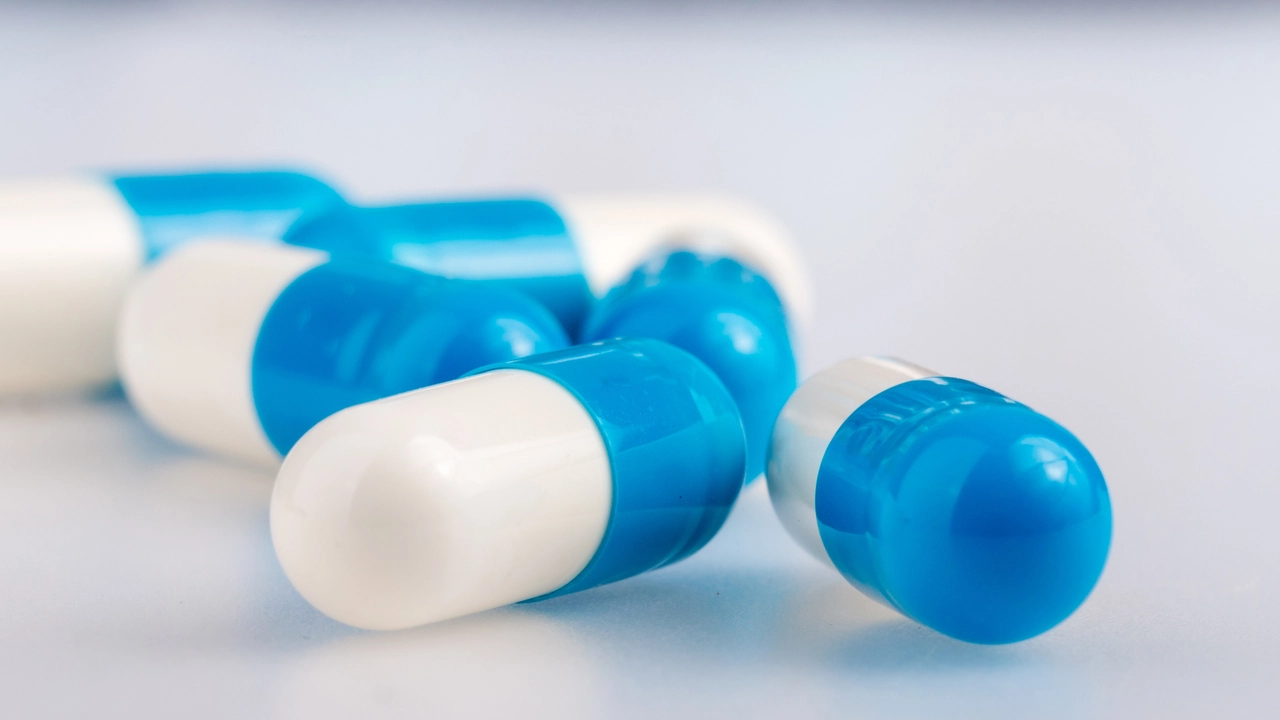Prosthetic Joint Infections — What You Need to Know Now
A prosthetic joint infection (PJI) is one of the most serious complications after a hip or knee replacement. It only happens in about 1–2% of cases, but when it does, the problem needs quick, targeted care. Knowing the warning signs and the usual steps doctors take can save your implant and reduce long-term problems.
Start paying attention if you get new or worsening joint pain after surgery, redness, swelling, fever, wound drainage, or if the joint feels unusually warm. Acute infections show up within days to weeks after surgery and often with fever. Chronic infections can creep in months or years later with increasing pain and loosening of the implant.
How doctors figure out if it’s an infection
Expect a basic exam plus a few standard tests. Blood tests like CRP and ESR look for inflammation. X-rays can show loosening, and sometimes MRI or CT helps when X-rays are unclear. The most important step is joint aspiration — removing fluid with a needle to check white blood cell count and to grow bacteria from the fluid. Cultures let doctors identify the exact germ and pick the right antibiotic.
Common bacteria are Staphylococcus aureus and coagulase-negative staph (like Staph epidermidis). Those germs form a biofilm on the implant that makes them harder to kill with antibiotics alone. That’s why surgery is often part of the plan.
Treatment options you should know about
Treatment mixes surgery and antibiotics. For early infections (days to weeks after surgery), surgeons may try DAIR — debridement, antibiotics, and implant retention — if the implant is stable and the bug is sensitive. For chronic infections, the usual approaches are one-stage exchange (remove and replace the implant in the same surgery) or two-stage exchange (remove the implant, treat with antibiotics, then re-implant weeks later). Some patients who can’t tolerate surgery may need long-term antibiotic suppression.
Antibiotics are chosen based on culture results. For staph infections, doctors often use IV vancomycin or cefazolin at first, and they commonly add rifampin because it works well against biofilm when the implant stays in place. Typical IV treatment runs 4–6 weeks, sometimes followed by oral drugs. An infectious disease specialist should be part of the team.
Prevention matters: proper skin prep, timely perioperative antibiotics (usually cefazolin), controlling blood sugar, nasal decolonization for Staph carriers, and treating other infections before surgery all lower risk. If you have new symptoms after a joint replacement, don’t wait — contact your surgeon or clinic immediately so tests and treatment can begin.
Questions to ask your care team: what organism caused the infection, why they recommend a particular surgery, expected antibiotic duration, and possible complications. Clear answers help you make decisions and speed recovery.
